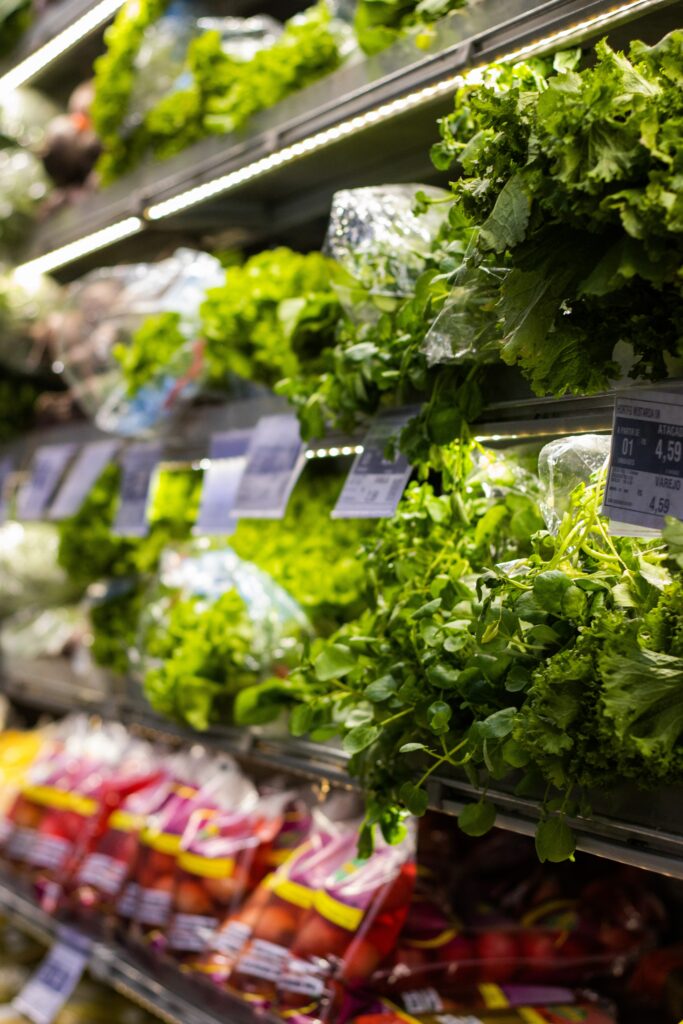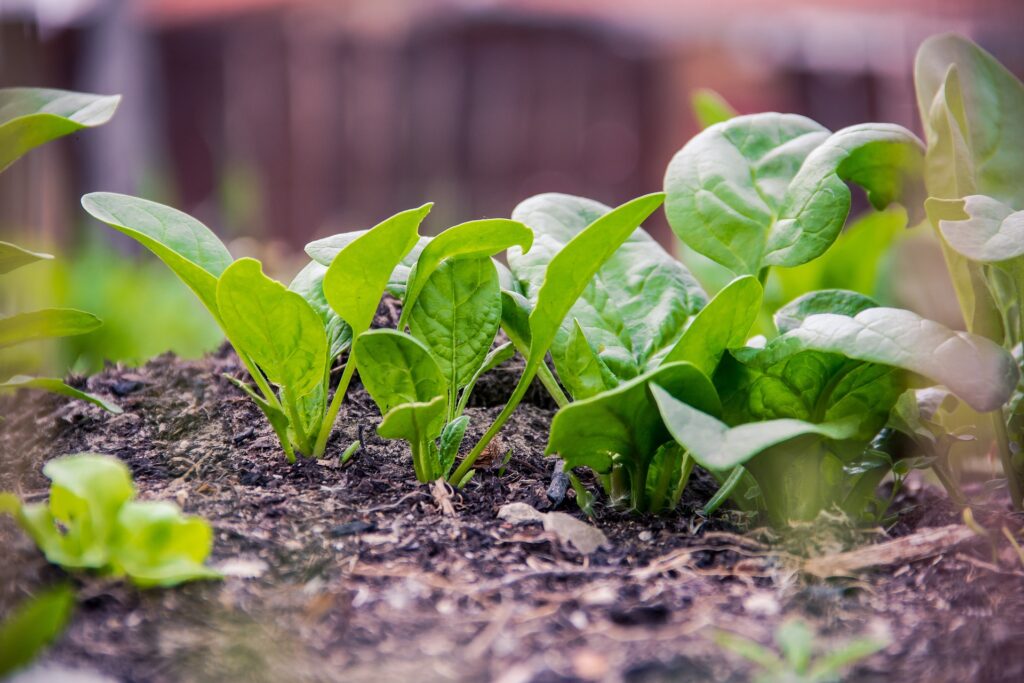Food chain microbiome of retail baby spinach
Understanding the microbiome of retail baby spinach from the time of harvest until consumption to improve the health, shelf life, safety and quality of final product.
The Challenge

Vegetables on supermarket shelves. Photographer – Eduardo Soares
Production and sales of leafy vegetables, such as baby spinach, has increased due to humans consumption as part of a heathier diet. However, the processing of these vegetables from the time of harvest until consumption can influence the microbiome and impact the health, shelf life, safety and quality of final product. Foodborne illness and its health burden costs the Australian economy $2.44 billion each year with the lost productivity accounting for most of this cost. Between 2012 and 2021 there was a total of 201 food recalls due to microbial contamination, 20% of which were associated with fruit, vegetables and herbs.
Food waste is also a major issue in Australia with 7.6 million tonnes of food wasted across the supply chain, resulting in $36.6 billion annual loss. A large proportion of food waste is due to spoilage of consumable plants. Thus, developing strategies to reduce foodborne disease and food waste, particularly for consumable plants, presents a major challenge for Australia.
Our response
To combat this challenge, CSIRO researchers are investigating the food chain microbiome, focussing on understanding how post-harvest conditions and washing treatments impact the diversity of microbial communities in baby spinach. They will use metagenomic sequencing to expand our understanding of the microbial communities and how they influence shelf-life, quality and safety of retail baby spinach. This understanding will lead to targeted interventions to minimise spoilage and pathogen communities, and provide science-based recommendations to improve the post-harvest processing of spinach. Furthermore, this will help develop systems that provide the consumer healthy, safe and quality foods that address changes in consumer preferences, meet government requirements and support industry growth into the future.
Publications
Omic applications to understand food system microbiomes
The team
Dr Jess Gray – Postdoctoral Fellow
Dr Narelle Fegan – Research Microbiologist
Glen Mellor – Senior Experimental Scientist, Applied Microbiology
Sean Moore – Experimental Scientist, Food Microbiology

Spinach plant. Photographer – Pixabay member ha11ok
